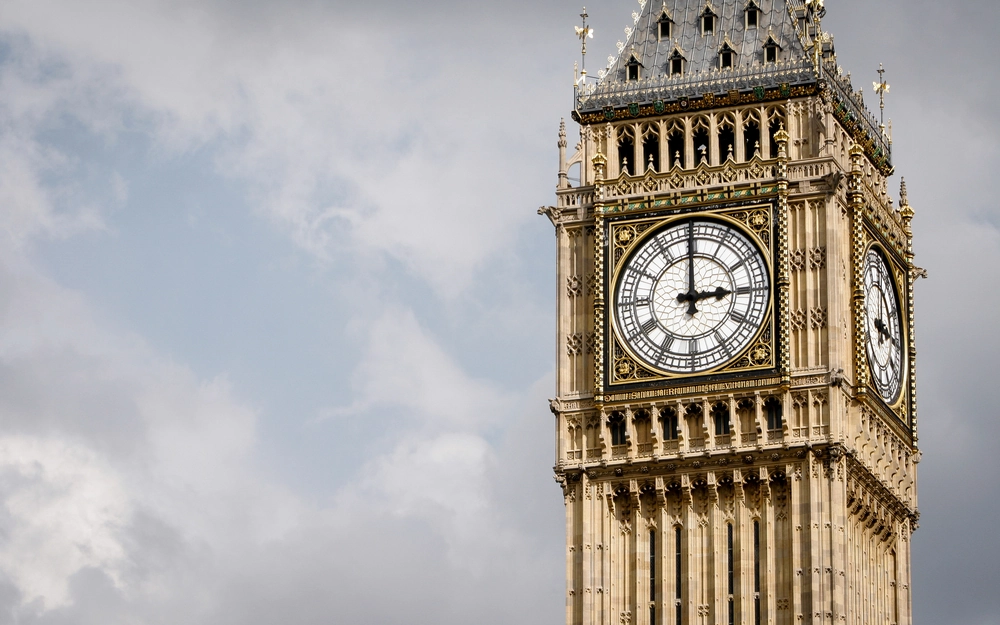
Autumn Budget 2024: Initial reactions from Foot Anstey’s Charity Probate team

By Gavin Holt
31 Oct 2024 | 5 minute read
Yesterday, the Chancellor of the Exchequer Rachel Reeves delivered the much-anticipated Autumn Budget – the first of the new Labour Government. As with any budget, the detailed analysis will follow in the coming days and weeks, and we will of course provide additional insights once the dust has settled and the government moves towards the implementation of the announced changes.
The budget was, as expected, a wide ranging one. But, for the legacy sector, the focus, as ever, was on the three key taxes that play a part in probate and estate administration, i.e. inheritance tax (IHT), capital gains tax (CGT), and income tax.
IHT
The Chancellor announced some significant changes:
- Nil rate bands (including the residence nil rate band) will remain and be frozen at current levels until at least 2030.
- Unused pension pots and death benefits will be brought into the scope of IHT (from 2027).
- A combined £1M threshold will be introduced for agricultural and business relief above which the reliefs will be restricted to 50% (from 2026).
- Business relief will be restricted to 50% on shares listed on the Alternative Investment Market (AIM) (from 2026).
As ever, whilst these changes could be said not to impact charities directly, they will have an indirect impact. Charities remain exempt, and one would expect this to extend to any pension death benefits in due course, but, in real-terms, charities often suffer the burden of IHT due to the complex rules around grossing up where estates are shared amongst exempt and non-exempt beneficiaries.
By way of example, take a testator who left a free of tax specific gift of a large and qualifying portfolio of AIM shares to a non-exempt relative and the residue to a charity. Today, such an estate would suffer no IHT due to a combination of 100% business relief and charity exemption. From 2026, the same arrangement would potentially result in IHT being payable due to the restriction of the business relief. 50% of the value of the portfolio would have to be grossed up and then taxed, with the resulting IHT effectively being met by the charity.
The fact that we've had to reach for a rather uncommon scenario in order to provide an example will perhaps provide legacy teams with some comfort that, for everyday scenarios, the changes will be of little consequence to charities. It is nevertheless the case that, once the changes come into effect, there will be a (likely small) reduction in legacy income sector-wide due to the increased IHT burden.
In more positive news, the budget contained a commitment to digitising the IHT service from 2027. The current system of filing paper returns by post is outdated, so this change is to be welcomed and may assist with the acceleration of estate administration (and, with it, legacy income). We will eagerly await the details of this proposed change.
CGT
The budget also contained significant changes to CGT. Many of these relate to elements of CGT not commonly encountered by legacy teams, such as business asset disposal relief. However, as anticipated, changes to the rates were also announced with immediate effect. The lower rate will increase from 10% to 18% and the higher rate from 20% to 24%, thereby matching the rates for residential property, which will not be changed. As personal representatives pay CGT at the higher rates, this means that, in estate administration, there will now be a single rate of 24% for all assets including residential property.
As expected, the charitable exemption from CGT remains, as does the fundamental position that, where there is a disposal of an asset held on bare trust, the absolute beneficiary of that trust is liable for any CGT arising on the disposal. The standard industry practice of using appropriations and equitable assents to charity beneficiaries, thereby securing the exemption, will continue. The change is that the financial losses to charities that will arise where this practice is not followed will now be a little higher due to the increase in the rates. Charities might wish to consider revisiting their policies on engaging with personal representatives (especially lay ones) to flag the tax-saving opportunities available in any given case.
Income Tax
The government lived up to its promise not to increase income tax. The standard industry practice of charities requesting R185E tax certificates so that they can reclaim income tax paid on income during the administration of the estate will continue. As a slight aside, it is worth noting that, as interest rates are now back to pre-2008/9 financial crisis levels, the amounts of income tax reclaimable from estates is generally higher than has been the case for many years, thereby restoring the importance of charities with residuary interests obtaining R185E certificates from personal representatives.
A brief word on Stamp Duty Land Tax (SDLT)
This is not a tax that we discuss often in the charity legacy sector, but the Chancellor announced that the higher rates for additional dwellings, which applies to people who own multiple properties, will increase from 3% to 5% (payable on top of the standard rates) with effect from 31 October 2024. SDLT changes can have a significant impact on the property market, including probate sales. As the change is to take effect almost instantly, a 'rush' will be avoided, but it could, in theory, lead to buyers withdrawing from probate sales that have been agreed subject to contract.
No major surprises
In summary, whilst many of the changes contemplated in the media have not come to pass, the budget was nevertheless largely as expected, with no major surprises in so far as the charity legacy sector is concerned. As set out above, the changes will impact the sector, but not in a dramatic way, as perhaps would have been the case if there had been changes to the fundamental charity exemptions. Legacy teams therefore have every reason to remain positive.
The future
Whilst the above is largely focused on the near-term, i.e. live legacy administration files and notifications in the coming years, legacy teams will also be looking longer-term. The future of legacy income is impacted by the economic conditions at any given time. As long-term legacy income is notoriously unpredictable, no one can say for sure what the impact will be, but it is worth noting that, as this has (as expected) been a budget in which some taxes have increased, it's possible people might, in theory, feel less able to leave charitable legacies in their wills. It is not all doom and gloom though, as one thing we know for sure is that legacy fundraising strategies and initiatives – whether at individual charity level or led by industry bodies such as the ILM, CIOF and the CSG – can be highly effective. It may be that those strategies are now more important than ever.














